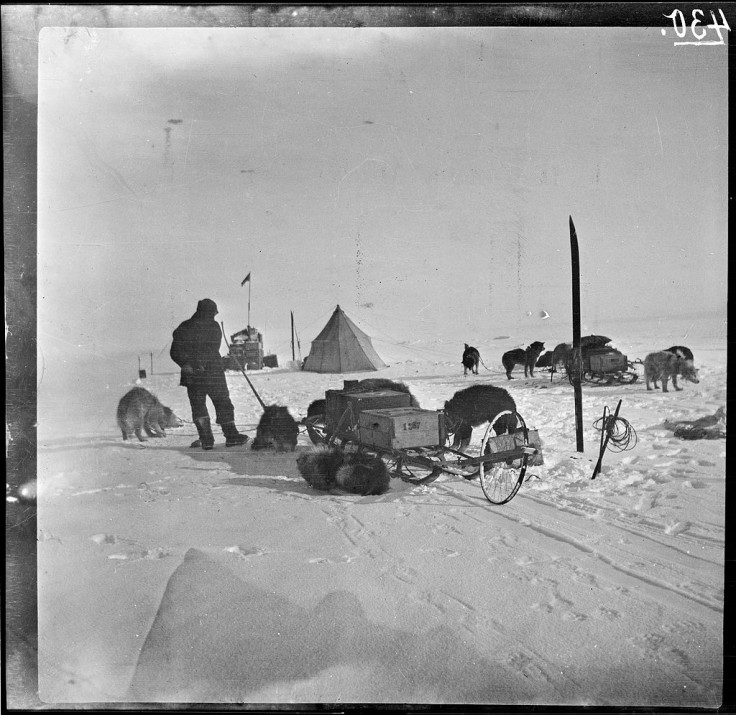Pollution from Industrial Revolution 'Reached South Pole 20 Years Before Roald Amundsen Did'

Air pollution from industrial activities reached the South Pole at least 20 years before the first human did, scientists have discovered.
Date from 16 ice cores across Antarctica shows that air pollution from the industrial revolution penetrated Earth's most southerly point long before Roald Amundsen arrived there in 1911.
Researchers led by Joe McConnell of Nevada's Desert Research Institute (DRI) have created the most accurate and precise reconstruction of lead pollution over the South Pole, spanning over 400 years between 1600 and 2010.
Published in the journal Scientific Reports, the experts said lead is an ideal tracer of industrial pollution because it has well-known and distinct isotopic characteristics and low background atmospheric concentrations.
McConnell said: "Our new record shows the dramatic impact of industrial activities such as smelting, mining, and fossil fuel burning on even the most remote parts of the world.
"It is very clear that industrial lead contamination was pervasive throughout Antarctica by the late 19th century, more than two decades before the first explorers made it to the South Pole.

"The idea that Amundsen and Scott were traveling over snow that clearly was contaminated by lead from smelting and mining in Australia, and that lead pollution at that time was nearly as high as any time ever since, is surprising to say the least."
Paul Vallelonga, co-author of the paper, explained that lead is a toxic heavy metal with the potential to harm ecosystems. Findings showed that atmospheric concentrations and deposition rates increased six fold in the late 1880s – at a time when mining and smelting began in southern Australia.
Researchers believe the emissions from this part of Australia directly resulted in the introduction of lead to the South Pole and remains a significant source to this day.
Data also showed lead concentrations reached a peak in 1900 and stayed high until the late 1920s, after which there were declines during the Great Depression and WWII. Concentrations then increased rapidly until 1975 and stayed high until the end of the century.
"Our measurements indicate that approximately 660 tonnes (1.5 million pounds) of industrial lead have been deposited on the snow-covered surface of Antarctic during the past 130 years," McConnell said. "While recent contamination levels are lower, clearly detectable industrial contamination of the Antarctic continent persists today... so we still have a ways to go."
© Copyright IBTimes 2025. All rights reserved.






















